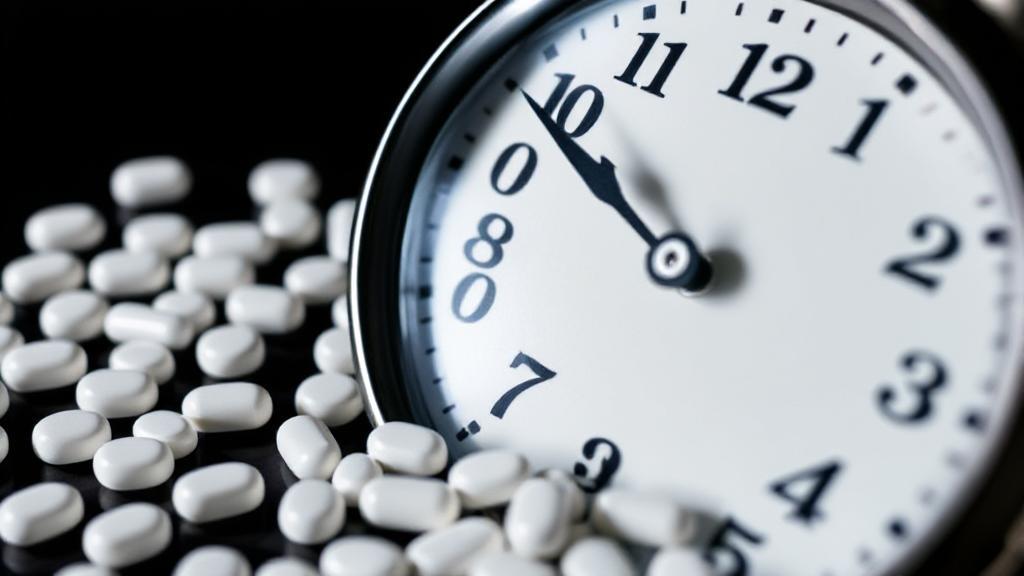Understanding Semaglutide and Its Mechanism
Semaglutide belongs to a class of drugs called GLP-1 receptor agonists, which work by mimicking the hormone GLP-1 to regulate blood sugar levels and appetite. It functions by:
- Enhanced insulin secretion when blood glucose levels are high
- Decreased glucagon secretion from the pancreas
- Delayed gastric emptying
- Reduced appetite and increased satiety
Initial Effects and Timeline
Most people begin experiencing effects within the first 2-4 weeks of treatment. Early changes typically include:
- Reduced appetite
- Earlier feeling of fullness during meals
- Decreased cravings for high-calorie foods
- Slower gastric emptying
Blood Sugar Control
For diabetes management, the timeline typically follows this pattern:
- Blood sugar improvements may be noticed within the first week
- Significant A1C reductions typically occur within 8-12 weeks
- Maximum effect on blood glucose usually achieved by 16 weeks
Weight Loss Timeline
- Weeks 1-4: Initial modest weight loss begins
- Months 1-3: More consistent weight loss becomes apparent
- Months 3-6: Maximum weight loss effectiveness typically achieved
- Beyond 6 months: Continued but more gradual results
Dosing Schedule
The gradual dose escalation schedule affects how quickly results appear:
Factors Influencing Effectiveness
Several factors can influence how quickly semaglutide works:
- Dosage and titration: Starting dose is usually low and gradually increased
- Individual metabolism
- Starting weight or blood sugar levels
- Adherence to prescribed dosing
- Lifestyle modifications
- Concurrent medications
Side Effects Timeline
Common side effects usually follow this pattern:
- First few weeks: Mild nausea, digestive issues
- 1-2 months: Side effects often improve as body adjusts
- 3+ months: Most patients report good tolerability
Monitoring and Management
Regular monitoring and adjustment of treatment plans are essential:
- Schedule follow-up appointments every 1-3 months
- Track progress and side effects
- Discuss dose adjustments as needed
- Report any concerning symptoms promptly
Important Note: Individual results vary, and some patients may experience effects sooner or later than average. Consistent use and patience are key to achieving desired outcomes.
For more detailed information, you can refer to resources such as:
